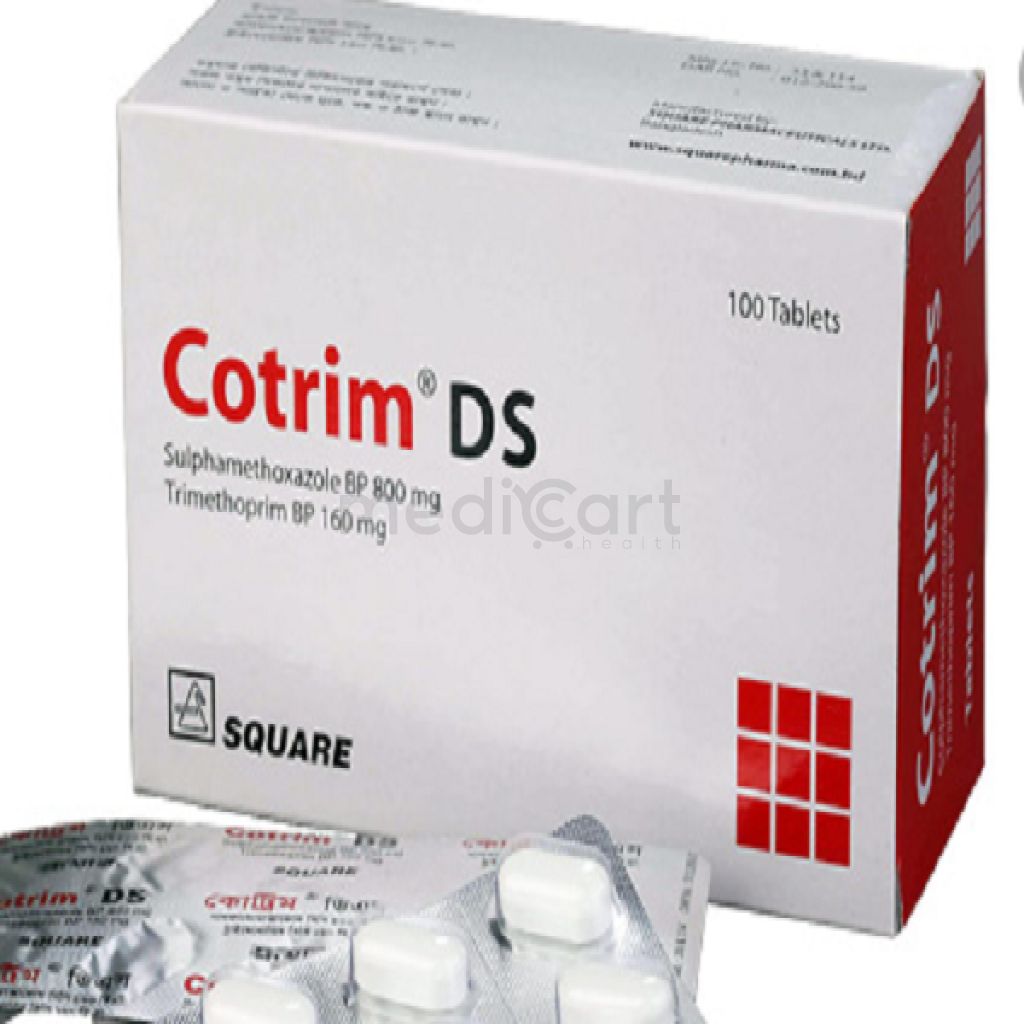

Neugalin 75 mg Cap. 75 MG
Capsule
Pack Size :
10 capsule x 1 strip
Generics :
Pregabalin
Manufacturer :
Acme Laboratories Ltd.
Best Price *
TK
160.40
* Delivery will be done in Dhaka city only.
More Information About - Neugalin 75 mg Cap. 75 MG
Description
Generic Name
PregabalinPrecaution
Abrupt or rapid discontinuation of Pregabalin may produce some symptoms including insomnia, nausea, headache and diarrhoea. So Pregabalin should be tapered gradually over a minimum of 1 week rather than discontinued abruptly. Pregabalin treatment may associate with creatine kinase elevations. It should be discontinued if myopathy is diagnosed or suspected or if markedly elevated creatine kinase levels occur. Discontinue treatment if patients develop severe angioedema. Regular vision check is recommended. May decrease platelet count and prolong PR interval. Patient w/ history of angioedema episodes, severe CV disease, renal impairment. Pregnancy and lactation. Patient Counselling May impair ability to drive, operate machinery or engage in hazardous activities. Monitoring Parameters Monitor visual disturbances. Closely observe for clinical worsening, suicidality and unusual changes in behaviour. Suicidal thoughts or behaviors Antiepileptic drugs increase risk of suicidal thoughts or behavior in patients taking these drugs for any indication; monitor for emergence or worsening of depression, suicidal thoughts or behavior, and/or any unusual changes in mood or behavior Inform patients, their caregivers, and families of the increase the risk of suicidal thoughts and behavior; advise to be alert for the emergence or worsening of signs and symptoms Angioedema Angioedema of the face, extremities, lips, tongue, glottis, and larynx has been reported during initial and chronic treatment, including reports of life-threatening angioedema with respiratory compromise requiring emergency intervention If laryngeal stridor or angioedema of the face, tongue, or glottis occurs, discontinue therapy and institute appropriate therapy immediately Coadministration of ACE inhibitors or mTOR (mammalian target of rapamycin) inhibitors (eg, temsirolimus, sirolimus, everolimus), or previous history of angioedema may increase risk Lactation: Unknown if excreted in milk; not recommendedIndication
Anxiety, Fibromyalgia, Post herpetic Neuralgia, Partial seizures, Pain from diabetic neuropathy, Neuropathic pain associated with spinal cord injuryContra Indication
Hypersensitivity. Pregnancy, lactation. Driving or working with machines, or do other dangerous activities.Dose
N/ASide Effect
>10% Dizziness (8-45%),Somnolence (4-36%),Peripheral edema (16%),Ataxia (1-20%),Fatigue (5-11%),Xerostomia (1-15%),Weight gain (16%),Tremor (11%),Blurred vision (1-12%),Diplopia (12%) 1-10% Asthenia (5%),Edema (8%),Facial edema (<3%),Hypotension (2%),Neuropathy (2-9%),Pain (5%),Disorientation (<2%),Constipation (5%),Weight gain (4%),Accidental injury (4%),Abnormal thinking (2%),Confusion (<7%),Amnesia (<6%),Vertigo (1-4%),Hypoesthesia (2-3%),Euphoria (2%),Decreased libido (>1%),Incoordination (2%),Vomiting (1-3%),Balance disorder (2-9%),Myoclonus (4%),Nasopharyngitis pain (1-3%),Flu-like syndrome (1-2%) <1% Addiction,Anemia,Diarrhea,Gynecomastia and breast enlargement,Epididymitis,Esophagitis,Dysmenorrhea,Dystonia,Heart failure,Hirsutism,Uveitis <0.1% Neutropenia, first degree heart block, hypotension, hypertension, pancreatitis, dysphagia, oliguria, rhabdomyolysis, suicidal thoughts or behaviorPregnancy Category
Name : Not Classified
Description
FDA has not yet classified the drug into a specified pregnancy category.Mode of Action
Pregabalin is an analog of the neurotransmitter GABA. It binds potently to the alpha2-delta subunit resulting in modulation of Ca channels and reduction in the release of several neurotransmitters, including glutamate, norepinephrine, serotonin, dopamine, calcitonin gene-related peptide and substance P.Interaction
May potentiate the effects of lorazepam. Additive CNS depressant effects w/ opiates and benzodiazepines. May increase risk of angioedema w/ ACE inhibitors. May increase risk of wt gain and peripheral oedema w/ thiazolidinediones.Pregnancy Category Note
Pregnancy There are no adequate and well-controlled studies with pregabalin in pregnant women Animal data In the animal fertility study with pregabalin in male rats, adverse reproductive and developmental effects were observed In animal reproduction studies, increased incidences of fetal structural abnormalities and other manifestations of developmental toxicity, including skeletal malformations, retarded ossification, and decreased fetal body weight were observed in the offspring of rats and rabbits given pregabalin orally during organogenesis, at doses that produced plasma pregabalin exposures (AUC) greater than or equal to 16 times human exposure at the maximum recommended dose (MRD) of 600 mg/day Lactation Small amounts of pregabalin have been detected in the milk of lactating women Based on animal studies, there is a potential risk of tumorigenicity with pregabalin exposure via breast milk to the breastfed infant Available clinical study data in patients greater than 12 years of age do not provide a clear conclusion about the potential risk of tumorigenicity with pregabalin Because of the potential risk of tumorigenicity, breastfeeding is not recommended during treatmentAdult Dose
Oral Neuropathic pain, Postherpetic Neuralgia Adult: Initially, 150 mg/day, may increase to 300 mg/day after 3-7 days. Max: 600 mg/day after a 7-day interval. All doses to be given in 2 or 3 divided doses. Diabetic Peripheral Neuropathic Pain Initial: 50 mg PO q8hr Maintenance: May increase to 100 mg PO q8hr within 1 week, as needed; not to exceed 300 mg/day Adjunct in partial seizures Adult: Initially, 150 mg/day, may increase to 300 mg/day after a wk. Max: 600 mg/day. All doses to be given in 2 or 3 divided doses. Fibromyalgia Adult: Initially, 150 mg/day, may increase to 300 mg/day after a wk. Max: 450 mg/day, if needed. All doses to be given in 2 or 3 divided doses.Child Dose
Safety and efficacy not establishedRenal Dose
Renal impairment: Haemodialysis: 25-100 mg immediately after each 4-hr haemodialysis session. CrCl (ml/min) Dosage Recommendation 30 to <60 75 mg/day. Max: 300 mg/day. All doses to be given in 2 or 3 divided doses. 15 to <30 Initially, 25-50 mg/day. Max: 150 mg/day. All doses to be given as a single dose or in 2 divided doses. <15 Initially, 25 mg/day. Max: 75 mg/day. All doses to be given as a single dose.Administration
May be taken with or without food.Disclaimer
The information provided herein are for informational purposes only and not intended to be a substitute for professional medical advice, diagnosis, or treatment. Please note that this information should not be treated as a replacement for physical medical consultation or advice. Great effort has been placed to provide accurate and comprehensive data. However, Medicart along with its authors and editors make no representations or warranties and specifically disclaim all liability for any medical information provided on the site. The absence of any information and/or warning to any drug shall not be considered and assumed as an implied assurance of the Company.








